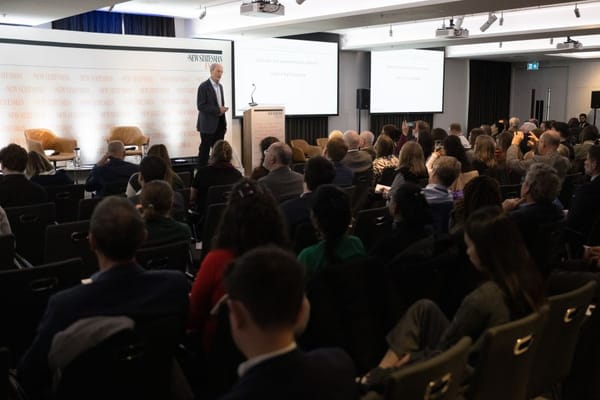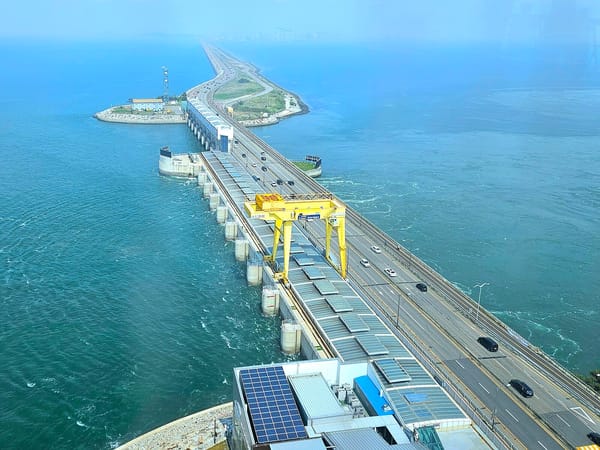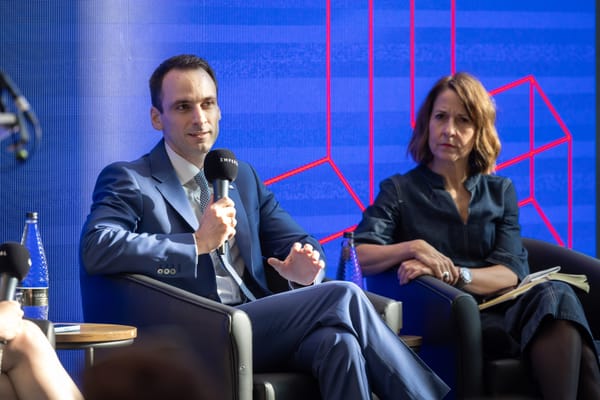Powering up battery recycling
A consortium of British organisations aims to optimise lithium-ion battery recyclying.
Renewable power and electric vehicles promise a cleaner future, but the batteries they require leave behind a trail of environmental strain and ethical concerns. An exciting consortium comprising the University of Warwick, Jaguar Land Rover, Mint Innovation, and LiBatt Recycling has launched a 3-year project. It’s funded by the government’s DRIVE35 programme to the tune of £8.1 million, aiming to address the unsustainable technologies driving our sustainability revolution.
Lithium-ion batteries push a rapid global demand for essential minerals such as copper, lithium, nickel, and cobalt. Demand for these batteries is expected to grow by about 27% annually to reach around 4,700 gigawatt hours by 2030. This drives up the well-known carbon cost of mining and the wholesale price of cobalt, which has almost quadrupled from $22 to $81 per kilogram over the past two years.
While recycling does not eliminate the need for mining, it could create a valuable secondary supply of recycled material that, on average, incurs 80% less greenhouse gas emissions and prevents end-use technologies from ending up in landfills.
According to the International Energy Agency (IEA), more than 30 new policy measures for material recovery and minimum recycled content have been introduced since 2022, creating a guaranteed demand for recycling infrastructure, yet the systems and technologies we currently have fail to keep pace with demand.
I sat down with Thomas Hansen, Director of Investor Relations (Imperial alumnus and Felix fan) at Mint Innovation to understand the challenge. The hydrometallurgic method of recycling struggles with the complexity and diversity of Li-ion batteries. Mixed types get mechanically crushed into what we call “Black Mass” (BM), a mixture of cathode materials which contain an unknown amount of each target metal, such as cobalt and nickel. This heterogeneity makes achieving consistent recovery performance a challenge.
“In other words, if you don’t know what’s coming in, you have to overdose chemicals to dissolve everything. That’s inefficient and unsustainable.”
The goal? To produce precursor cathode active material (pCAM), usable in new batteries immediately, not just recover commodity salts like cobalt sulphate. But pCAM is cell-specific:
“pCAM tends to be bespoke to each manufacturer, so you need strong partnerships to close the loop.”
That’s the logic behind the DRIVE35 project: have an inflow of Original Equipment Manufacturer (OEM) batteries with known metal content and limited heterogeneity for efficient green chemistry, produce a recycled pCAM to build new batteries, then scale circular manufacturing in the UK. The project aims to develop Mint’s technology to demonstration scale in the next few years.
China, the current global leader in lithium-ion battery recycling, mostly recycles production waste; 20% of batteries produced never reach consumers. Western efforts, Hansen argues, must be broader and more efficient:
“Our competitors just blitz the cathode material and recover the metal, whereas we try to recycle reagents, which may make it more constrained in other ways but overall more chemically efficient and therefore energy efficient.”
They can’t make claims without fully scaling up, but “the expectation is that it will be multiple times lower carbon intensity.”
The strategy for closed-loop recycling matters too. Market-to-market recycling (buying waste from the market, then selling your products back to the market) offers more flexibility and fewer supply-chain commitments, but delivers limited circularity, whereas business-to-business recycling requires deeper integration with manufacturers yet creates far greater environmental and commercial value.
Additionally, a company-specific recycling loop in the UK cuts out costs like import/export and transport, which lower its carbon footprint too.
Ultimately, recycling is also geopolitics. After all, the government’s funding of this project is aimed at onshoring supply chains to reduce reliance on China for the refinement and recycling of metals. Every day, products get made and brought into the country, used, then sent back to be recycled.
“So at least with this, we can solve the back end of the issue, which is once you’ve brought the metal into the country, keeping it in your supply chains. Much easier than trying to re-onshore continental-scale refining and mining operations.”
By 2050, recycling could meet 20–30% of lithium, nickel, and cobalt demand, with a market value of $200 billion. It could be the difference between a clean-energy transition and simply shifting the burden elsewhere, but only if we scale fast enough.









